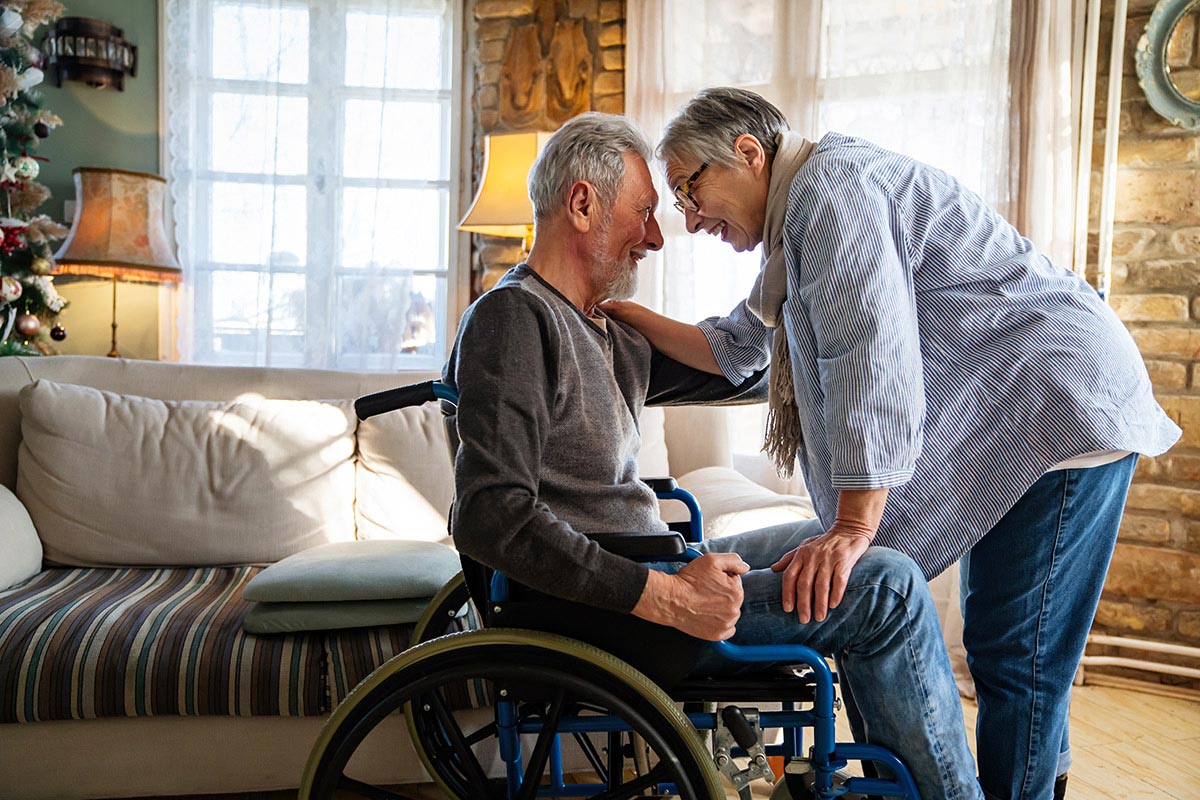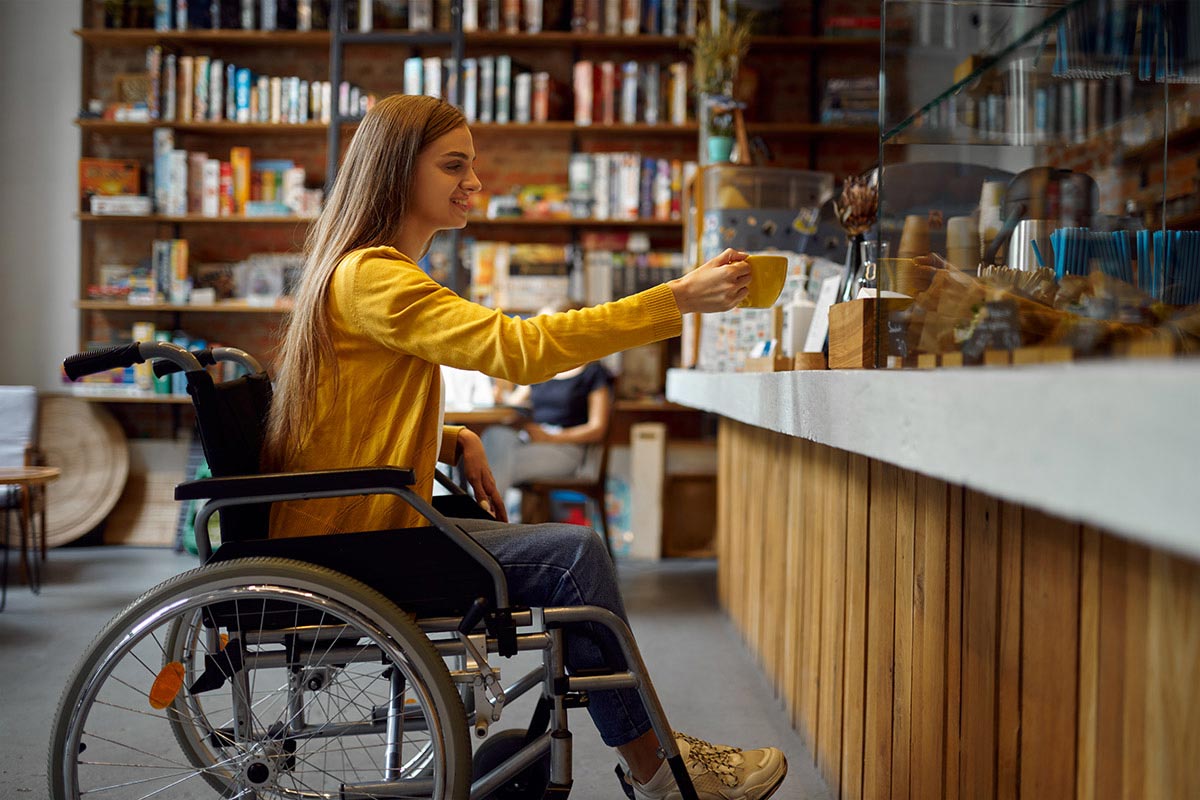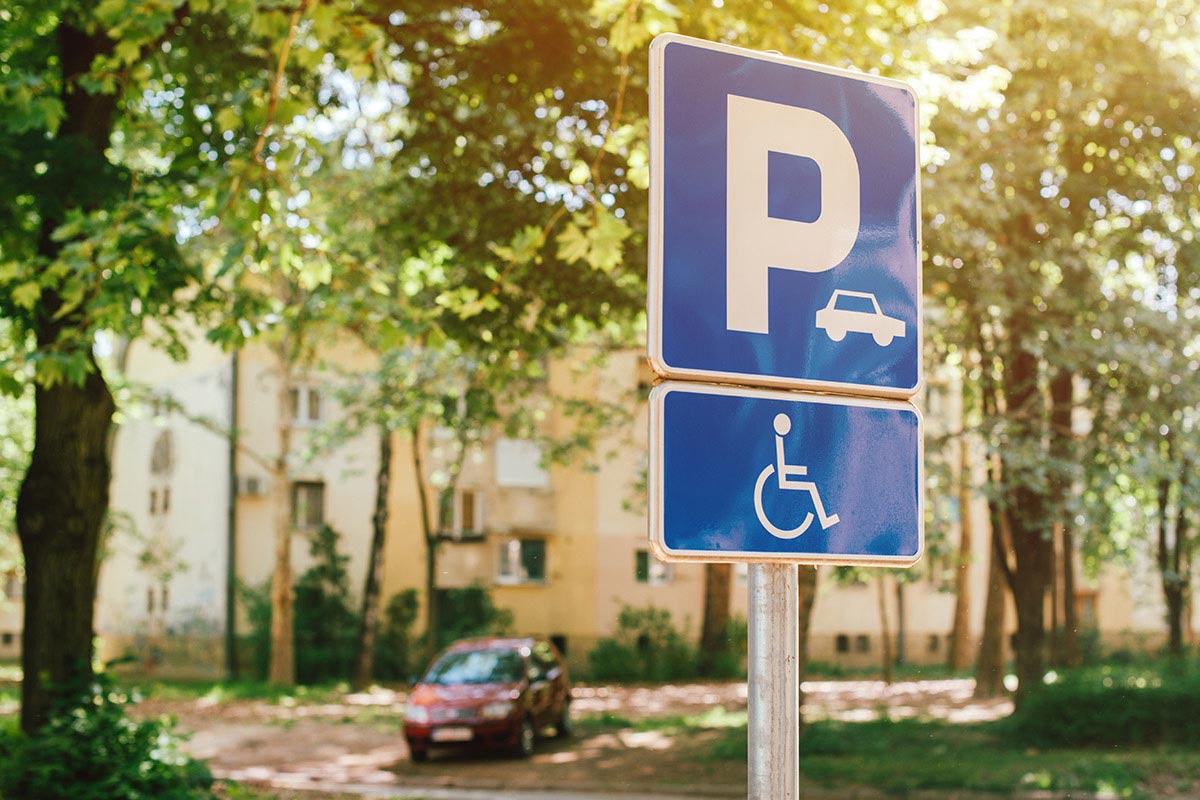Universal Accessibility: a pathway to a more inclusive world
Written by Stannah

We live in a time of changes, where having a mobility issue doesn’t mean you’ll be stuck in one place forever. It’s just a hurdle we can clear if we all pitch in to make the world a more inclusive place.
That is why universal accessibility is no longer just a “buzzword”. It’s a fundamental right that we must all embrace and stand up for.
Fortunately, there’s been a bigger focus on inclusion and equal opportunities in recent years, which has allowed us to remove several barriers that previously stopped many people from accessing necessary services and spaces.
We’re well aware of this at Stannah. We meet people every day who are looking for smart, innovative ways to move around and live more independently. And every day, we work tirelessly to make it happen.
In this article, we’ll explore the many benefits of universal accessibility, including physical spaces and digital platforms that cater to people with disabilities. We’ll also discuss how this concept can help us create a more welcoming society for all, regardless of their limitations.
Join us as we explore this idea of universal accessibility and the inclusive future that we strive for, one where everyone is welcomed.
What is universal accessibility?
According to the WHO, 16% of the world population suffers from some kind of disability or impairment. But what is universal accessibility anyway?
Universal accessibility is about ensuring that all people, whatever their condition, have free and equal access to all spaces, services and infrastructure. This includes everything you can imagine, from buildings and transport to communication and information systems.
And who wouldn’t want to lead a more active and independent life? Having the opportunity to enjoy the same spaces and services is halfway to a fuller and happier life, and it is precisely within this context that the concept of universal accessibility can transform the lives of people who live with mobility issues daily.
Safeguarding universal accessibility: the role of the Convention on the Rights of Persons with Disabilities
Many organisations and NGOs have done a wonderful job promoting the inclusion of people with disabilities. Among all of them, the UN stands out with its Convention on the Rights of Persons with Disabilities.
This Convention was defined at the General Assembly held in 2006 and highlighted the following principles:
- People with disabilities should be included in society and have equal rights with other citizens;
- Accessibility must be within everyone’s reach;
- Access to education, justice, health care, nationality and housing are a common right.
States that have signed the Convention have committed to adopting the necessary measures to ensure equal access to all spaces, infrastructures and services. Some of these measures include:
- Ensuring that persons with disabilities have access to public facilities;
- The use of Braille signage in buildings and other facilities open to the public;
- The promotion of information systems and technologies accessible to all and at a reduced cost.
A Committee on the Rights of Persons with Disabilities was also created, with members elected by the states that signed the Convention.
Standards for universal accessibility in different environments

Making sure States followed the Convention on the Rights of Persons with Disabilities wasn’t an easy job. In fact, this was only possible with the World Disability Union in Istanbul in 2011.
The Union aimed to make things more accessible for people with disabilities by identifying and removing social, economic, and environmental barriers. To achieve this goal, they created The Universal Standard Guide for Persons with Disabilities.
This document set out important standards to ensure that buildings, streets, transportation, and other things are accessible to everyone.
We have highlighted some of these measures to make it easier for you to learn about your rights and how you can minimise or even eliminate these barriers.
Ramps to create an accessible environment
Today, finding alternatives to stairs and very high steps is easier. However, there are still buildings that, due to their older architecture, offer obstacles to mobility.
Ramps are a great solution to overcome these barriers, giving back comfort and safety to people with mobility issues who need to access these spaces.
Ramps should be used to facilitate access for everyone, not only to the entrances to buildings but also to pavements and walkways. In addition to having low slopes, they should have the following characteristics:
- In busier areas, ramps should be a minimum of 180 cm wide. In less busy areas, ramps can be 90 cm wide
- A 250 cm long landing should be included whenever the ramp is more than 10 metres long
- The ramp should be made of non-slip and textured material. A different material should be applied at the top of the ramp to signal the change in elevation
- A handrail or railings should be included to mark the area taken up by the ramp.
Although the ramp is a good accessibility solution, nowadays, there are much more comfortable mobility solutions, such as platform lifts.
At Stannah, we have a wide range of platform lifts designed for indoor and outdoor spaces to promote easy and safe access for everyone. These platforms not only help wheelchair users move between different areas but also provide a convenient option for parents with strollers to access those areas with ease.
Standards for the construction of stairs in accessible spaces
It’s not practical or desirable to completely remove stairs from public or private buildings. That’s why there are certain standards in place to make them safer and more comfortable for everyone, such as:
- A handrail must be installed on both sides of the staircase
- Landings and steps should include a non-slip surface
- A landing of 120 cm should be included for every 180 cm of stairs
- The top of each staircase should have a tactile surface with a different material, 60 cm away from the beginning of the staircase
- When finding an alternative to the stairs is necessary, a stairlift is an excellent solution. It will facilitate movement between different floors inside the house and access to outdoor spaces.
In addition to being very comfortable, stairlifts offer you the chance to continue moving freely around the house and maintain an active life.
Regardless of the shape of your stairs, whether straight or curved, we have different models of stairlifts that are fully prepared to meet all your accessibility needs and adapt perfectly to your house.
Another mobility solution that you can consider as an alternative to stairs is home lifts. There are different models in today’s market, but to promote universal accessibility, the home lift should include some of the following characteristics:
- The cabins should be suitable for wheelchairs
- The buttons must be at least 19 mm and have braille captions
- The lift should make audible sounds when going up, opening the doors and announcing the floor number where it stops
Standards for making buildings more accessible
The principle of equality reinforces the idea that people should be able to use the same routes or paths regardless of their mobility problems.
In The Universal Standard Guide for Persons with Disabilities, we find the following standards for making buildings more accessible:
- The main entrance and at least one secondary entrance should be barrier-free. They should also have a different texture from the rest of the floor
- Door openings should be wide, with enough space for wheelchairs
- Automatic doors should be chosen if possible
- There should be a good visual contrast between doors, floor and walls
- Accessible parking spaces should be close to the main entrance
Standards for accessible buildings: transports

Stations, bus stops and terminals are places that should promote universal accessibility standards so that all people have the opportunity to make use of them if they wish.
This means making it easier for people with mobility issues or in wheelchairs to get to these places without having to travel long distances. We should also make sure that ticket offices, vending machines, and ATMs are designed to be user-friendly for everyone.
Buses should have automatic ramps installed so that everyone can get on and off easily. It’s also important to have special seating areas for wheelchair users with good lighting and non-slip floors.
The seven principles of universal design
When developing products, services and environments, it’s important to seek solutions that meet the needs of the widest range of people.
To do so, we need to start with strong and practical foundations. That’s why in 1997 a team of architects, product designers, engineers, and researchers in environmental design came up with the seven principles of universal design.
These principles are a great way to make sure that everything we create is user-friendly and accessible to everyone. Anything made with these principles in mind will be inclusive and easy to use for all. Here are the seven principles of universal design:
- Equitable use: Everything should be usable by everyone. If that’s not possible, come up with solutions that are identical for everyone
- Flexibility in Use: People should be able to choose the way they use things, which helps them be more accurate
- Simple and Intuitive Use: Make sure your design is easy to understand, and information should be organised by its importance. Regardless of language or experience, people should be able to understand what they’re looking at
- Perceivable Information: Make sure information is presented in different ways so that people with sensory limitations can understand it
- Tolerance to Error: Design things in a way that prevents mistakes and reduces danger
- Low Physical Effort: Design things that minimise physical effort and avoid repetitive actions, which keeps people comfortable
- Size and Space for Approach and Use: Make sure there’s enough space for people to approach and use things, no matter where they’re standing or sitting. Also, provide an area for assistive devices and personal assistance
Instead of thinking of these as principles, we should view them as a process. By keeping these ideas in mind for our next projects, we as a society can save resources by avoiding the need to come up with multiple solutions to the same problem.
Achieving universal accessibility with Stannah mobility solutions
Imagine a world where everyone can access all services, products, and places without any barriers. A world where physical or cognitive limitations don’t stop people from participating in society.
To create that future, it’s important that we promote universal accessibility whenever we can, wherever we are. Education can play a big role in changing minds towards inclusion and making others aware of the challenges faced by more vulnerable people.
By understanding current laws and advocating for your rights, you can improve your life and the lives of those around you, regain your autonomy and improve our quality of life.
At Stannah, we’re committed to helping people live life to the fullest by offering several mobility solutions designed to overcome different mobility issues. If you’re interested in learning more about how our products can make your space more accessible to everyone, just give us a call or request a callback. We’ll happily tell you how our products can help people with mobility issues lead happier and more active lives.
Sources:
- Accessibility
- WHO Disability
- Universal Design
- What is universal accessibility?
- The 7 Principles of Universal Design
- United Nations Article 9 – Accessibility
- Constitution of the World Disability Union (WDU)
- United Nations, Committee on the Rights of Persons with Disabilities
- World Disability Union The Universal Standards Guide for Persons with Disabilities
- United Nations Treaty Collection Convention on the Rights of Persons with Disabilities



